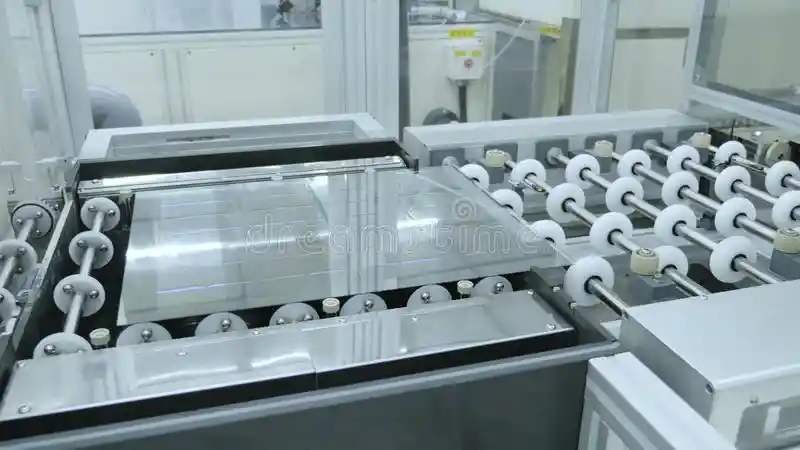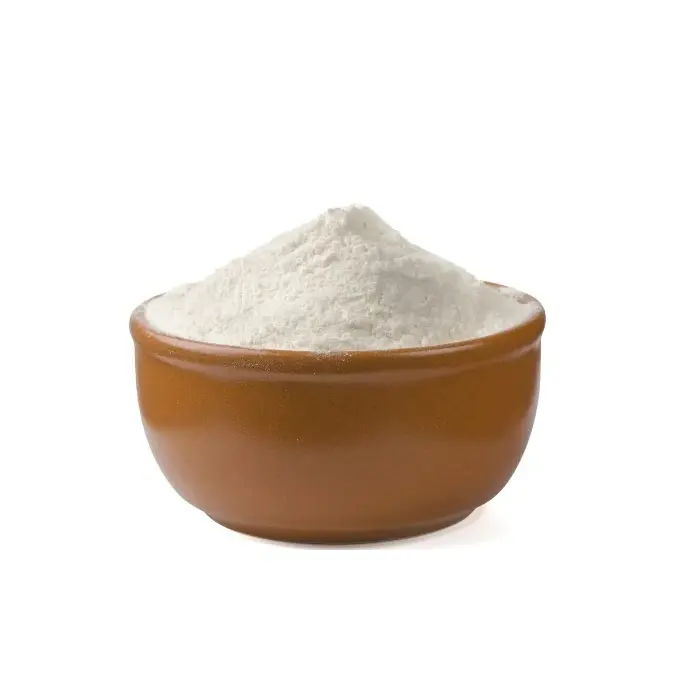Magnesiumoxid für die LED-Glasherstellung
Magnesiumoxid wird bei der Herstellung von Spezialgläsern häufig als Ersatz für Dolomit als Magnesiumquelle verwendet, um die mechanische Festigkeit zu erhöhen. Die für die Herstellung von LED-Glas erforderliche Magnesiumoxidqualität weist spezielle Eigenschaften auf.
Magnesiumoxid wird bei der Herstellung von Substraten für Flüssigkristallanzeigen (LEDs) verwendet, die in elektronischen Geräten wie Smartphones, Tablets, Computern oder Fernsehbildschirmen zu finden sind. Magnesiumoxid wird häufig als Ersatz für Dolomit als Magnesiumquelle bei der Herstellung von Spezialgläsern verwendet, um die mechanische Festigkeit zu erhöhen.
Magnesiumoxid (MgO) ist ein häufiger Bestandteil von LED-Telefonglas. Es wird aus verschiedenen Gründen verwendet, darunter:
- Stärke: MgO ist ein sehr starkes Material, das hilft, das empfindliche Display des Telefons vor Beschädigungen zu schützen.
- Kratzfestigkeit: MgO ist außerdem kratzfest, was dazu beiträgt, dass der Telefonbildschirm wie neu aussieht.
- Optische Klarheit: MgO ist transparent und beeinträchtigt daher nicht die Klarheit des Telefondisplays.
- Hitzebeständigkeit: MgO ist hitzebeständig, was dazu beiträgt, die internen Komponenten des Telefons vor Beschädigungen zu schützen.
- Kosteneffizienz: MgO ist ein relativ kostengünstiges Material und daher eine kostengünstige Möglichkeit, die Haltbarkeit von LED-Telefonglas zu verbessern.
MgO wird dem Glas von LED-Telefonen normalerweise in Form eines Pulvers oder eines dünnen Films zugesetzt. Das Pulver wird mit dem geschmolzenen Glas vermischt, während der dünne Film nach dem Abkühlen auf die Oberfläche des Glases aufgetragen wird.
Die Menge an MgO, die dem Glas von LED-Telefonen zugesetzt wird, variiert je nach den gewünschten Eigenschaften des Glases. Beispielsweise kann ein Telefon, das für den Einsatz in rauen Umgebungen konzipiert ist, mehr MgO enthalten als ein Telefon, das für den alltäglichen Gebrauch konzipiert ist.
Insgesamt ist MgO ein wertvoller Bestandteil von LED-Telefonglas. Es trägt dazu bei, die Festigkeit, Kratzfestigkeit, optische Klarheit, Hitzebeständigkeit und Kosteneffizienz des Glases zu verbessern.
Die für die Glasherstellung erforderliche Magnesiumoxidqualität weist spezifische Eigenschaften auf. Dank unseres Wissens und unserer Erfahrung sind wir in der Lage, die beste Magnesiumoxidqualität auszuwählen, die bei LED-Glasanwendungen hohe Leistungen bringt.

Application
Die hochreinen Magnesiumoxidprodukte von Tibet Mag vereinen geringe Reaktivität, hohe Qualität, Konsistenz und feine Partikelgröße für den Einsatz als Verarbeitungshilfsmittel bei der Herstellung von Flüssigkristallanzeige-Substraten (LCD-Substraten), die in Smartphones, Tablets, Fernsehern und Computermonitoren zu finden sind.
Bei Glasfaseranwendungen muss die Schmelzviskosität relativ hoch sein, damit die halbgeschmolzenen Stränge intakt bleiben und ein Zerbrechen beim Austreten des Glases aus den Spinndüsen verhindert wird. Aufgrund seiner Eigenschaften erhöht Magnesiumoxid G die Viskosität der Glasschmelze und sorgt so für eine präzisere Form. Glasfaser wird hauptsächlich in FRP-Produkten (glasfaserverstärkter Kunststoff) wie Badezimmerduschen, Badewannen und Windmühlenflügeln verwendet.
Tibet Mag-Bildschirmglas-Magnesiumoxid wird durch selbst hergestellte chemische Synthese von hochreinem Magnesiumhydroxid als Rohstoff hergestellt, das gesamte DCS-Automatiksteuerungssystem, nach der Hochtemperaturkalzinierung im Drehrohrofen und hochreinem Magnesiumoxid, stabile Qualität, garantierte Versorgung. Die Produktreinheit erreicht 99 % und der Schwermetallindex erreicht den PPM-Wert. Mit den Eigenschaften hoher Reinheit, hoher Dichte, geringer Kalzium- und Eisenverunreinigungen kann es gut mit den Glaskomponenten integriert werden, hoher Magnesiumoxidgehalt, geringe Verunreinigungen, was zur Verbesserung der Glasqualität beiträgt und Präzisionsgeräte vor Korrosionsschäden schützt.

